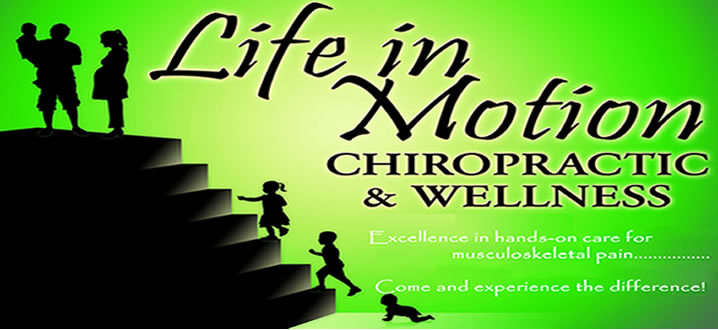Preventing Causes of Lower Back Pain

The spine is literally a mechanical device and when we sit, stand, lift, or bend it obeys the orders we give it and assumes the position we place it in. Ergonomics is the science of obtaining a correct match between the human body, work-related tasks, and work tools both at home and on the job. When we do not perform activities of daily living correctly, slow innocent changes occur to the support structures of our body. Physical warnings (i.e. pain) begin to intensify and become exacerbated by repetitive activities, sustained postures, and other factors such as bodily reaction/bending, reaching, or twisting.
Low back pain is a predominant specter in our society and nearly 80% of adults will experience it at some point in their lives. Here are some tips that may just keep you from becoming part of this statistic:
- Stretch and strengthen your back regularly.
- Utilize good posture at all times. This means keeping the ear lobe lined up with the shoulder, shoulder with the hip, and hip with the ankle.
- Use your body in ways that reduce stress on your back. GOOD BODY MECHANICS!!
| ° Sitting | ||||
| Watch Your Back Video - Tips for Good Back Health in Office Chairs [Published on Nov 17, 2011] Ergonomic Tips for Workers Who Have to Sit on the Job | ||||
| The optimal goal of proper seated ergonomics is to maintain a neutral body position that places the joints as close to their natural alignment as possible. This type of seated posture reduces the stress and strain on the musculoskeletal system and will help you avoid injury. | ||||
|
||||
|
||||
|
||||
|
||||
 |
Choosing the Right Ergonomic Office Chair | |||
 |
||||
| Click Image to Enlarge | ||||
| ° Lifting | ||
|
||
|
||
|
||


















